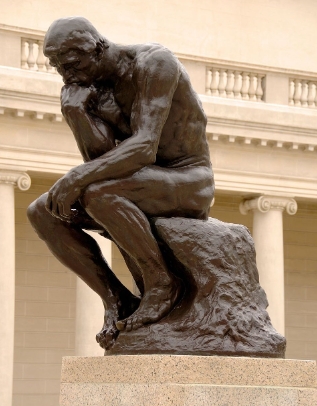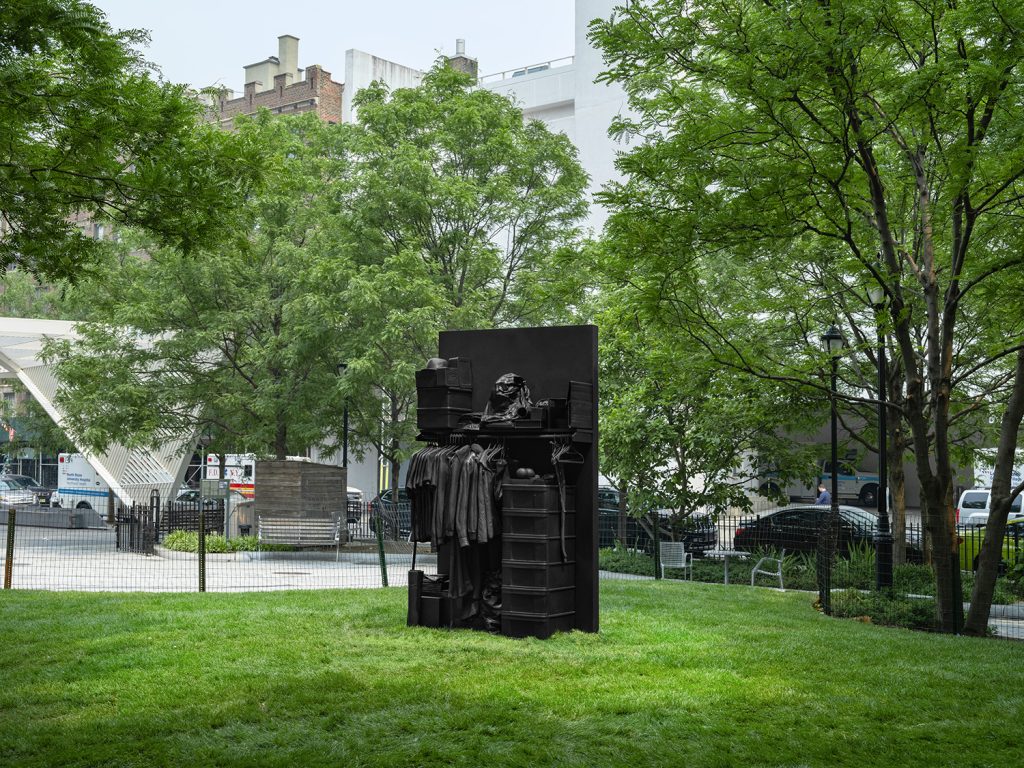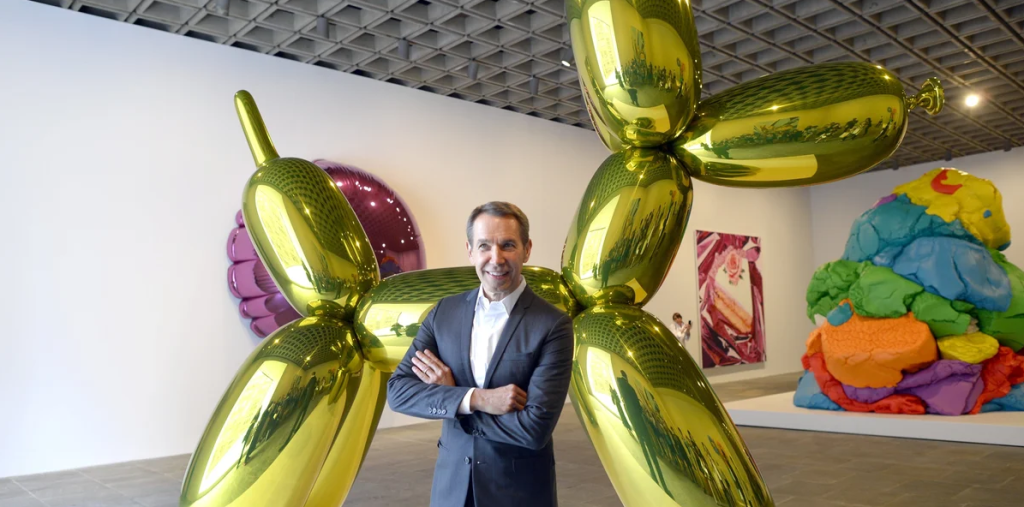The Thinker: A Deep Dive into Rodin’s Iconic Masterpiece
Auguste Rodin’s “The Thinker” is one of the most recognizable sculptures in the world, representing profound contemplation and intellectual struggle. This masterpiece not only captivates art lovers but also encourages people to reflect on their own lives and thoughts. Let’s explore the story behind this iconic sculpture, its artistic significance, and how it continues to influence contemporary culture.
The Origin of “The Thinker”
Created in 1880, “The Thinker” was originally part of Rodin’s larger work, “The Gates of Hell,” which was inspired by Dante Alighieri’s “Divine Comedy.” Initially, Rodin conceived the figure as part of a visual representation of Dante himself, pondering the fate of the damned. The statue’s powerful posture and intense facial expression capture a moment of deep reflection, symbolizing struggle and insight. Over the years, “The Thinker” gained independent stature, becoming an emblem of philosophy and deep thought.
Artistic Characteristics and Techniques
Rodin’s unique approach to sculpture is evident in “The Thinker.” He employed a technique known as “impressionism,” focusing on the texture of the surface and the interplay of light and shadow. The rough, unfinished areas contrast beautifully with the smooth, polished surfaces, giving the sculpture a sense of vitality and movement. The figure’s muscular structure exudes strength and resilience, while the downward gaze evokes introspection. This combination of realism and abstraction invites viewers to engage with the sculpture on multiple levels, making each visit an enlightening experience.
Cultural Impact and Legacy
“The Thinker” has transcended its origins to become a cultural icon. It represents not just artistic achievement but also broader themes of intellectualism, creativity, and existential inquiry. You can find replicas of this masterpiece in various locations worldwide, from museums to parks, further solidifying its place in popular culture. The image of “The Thinker” has also influenced various artistic expressions, including literature, film, and advertising, underscoring the timeless nature of Rodin’s work and the universal quest for knowledge and understanding.
In Conclusion
Auguste Rodin’s “The Thinker” is more than just a sculpture; it’s a powerful reminder of the beauty of contemplation and the complexities of the human experience. Whether you’re an art enthusiast or someone simply curious about the deeper meanings of life, this masterpiece invites you to pause and reflect. So why not delve deeper into the world of sculpture and philosophy? Visit a local gallery or read more about Rodin’s works to enrich your understanding and appreciation of art.


